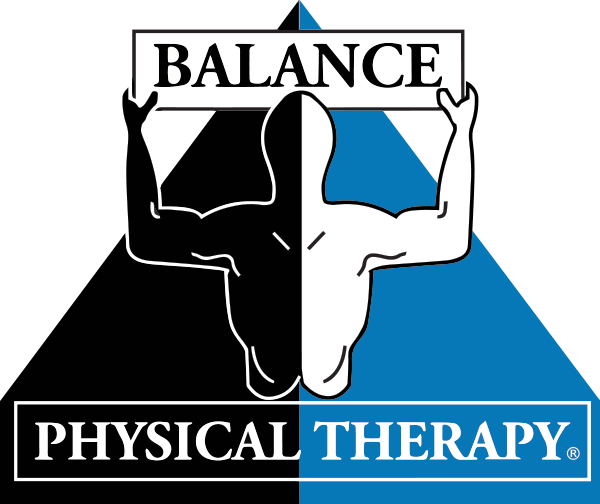In many cases, patients with articular pain or injuries frequently experience a reduction in mobility. For instance, disorders like osteoarthritis can limit how far a joint can shift, making it difficult for people to execute activities such as ambulating or climbing stairs. Physical therapists commonly concentrate on activities that increase mobility through stretching and strengthening. These exercises can help reestablish the range of movement, making it easier for patients to engage in their daily activities. Nonetheless, enhancing mobility without considering steadiness can result to additional injuries, highlighting the necessity for a holistic approach.

Stability is just as important in therapy. When a articulation lacks steadiness, it becomes more susceptible to harm during movement. For instance, an wobbly knee joint can result to sprains or tears while sprinting or jumping. To enhance control, rehabilitation specialists may integrate exercises that fortify the muscles around the articulation. These exercises help reinforce the articulation and prevent excess motion that could result to injury. By focusing on both mobility and control, rehabilitation specialists can provide a comprehensive care plan that addresses the specific needs of each client.
The interaction between joint mobility and control is particularly clear in sports medicine. Sports participants often require a elevated level of both mobility and stability to execute at their best. For a great post instance, a gymnast needs to have limber articulations to achieve complex actions while also maintaining stability to prevent falls. In sports training, coaches and trainers stress the importance of cultivating both aspects to improve performance and minimize the chance of injuries. This approach ensures that sports participants can move efficiently while keeping their articulations safe during strenuous activities.
In conclusion, comprehending the connection between joint movement and control can lead to better results for patients in various environments, from rehabilitation centers to athletic conditioning facilities. By promoting both elements, healthcare professionals can help patients regain their power and Find Out More confidence. This integrated approach not only helps in rehabilitation but also equips people with the tools they need to avert subsequent injuries. As research continues to advance in this field, the importance of integrating range of motion and stability in care plans will continue to be a key priority for improving client care and general health.